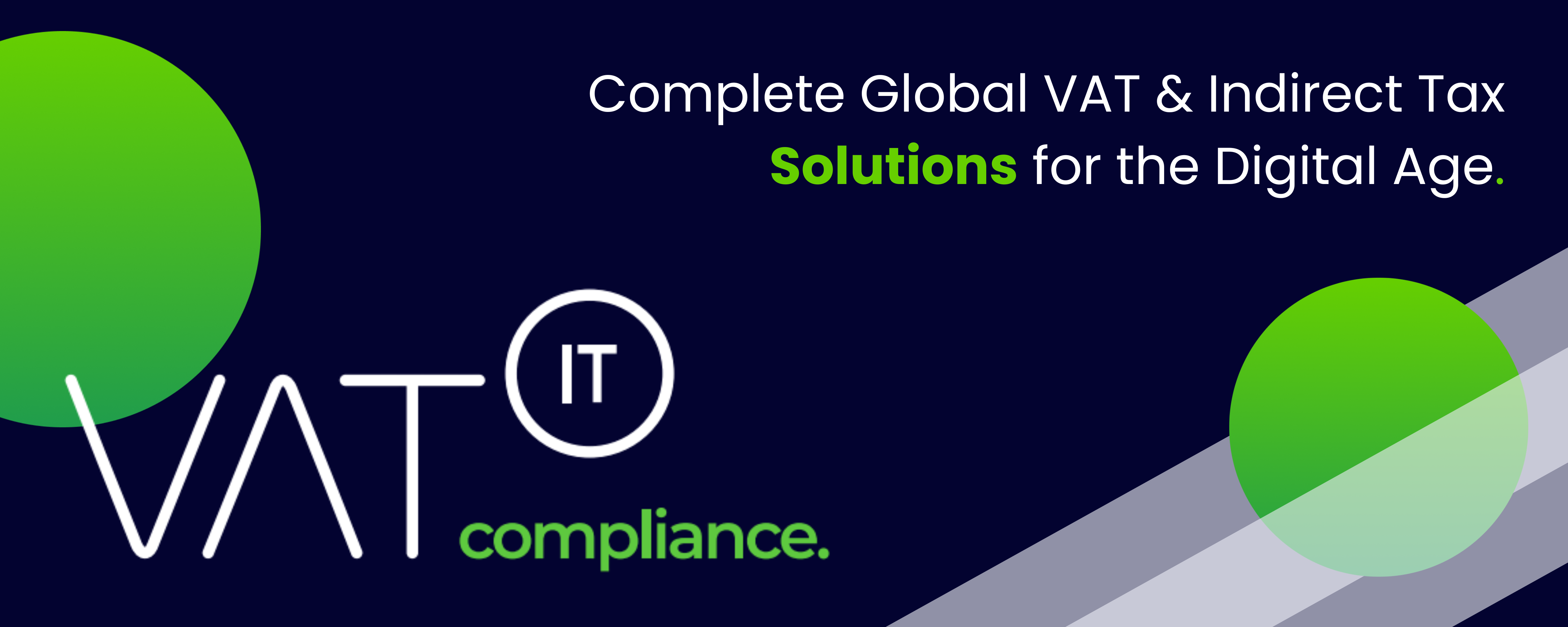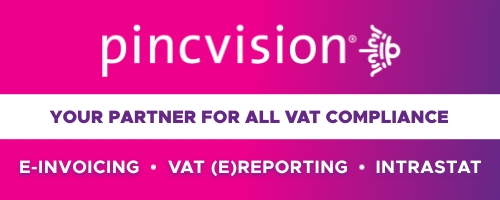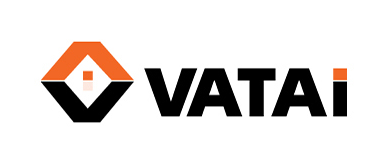On May 26, 2016, the ECJ issued its decision in the case C-550/14 (Envirotec Denmark)
Context: (Reference for a preliminary ruling — Common system of value added tax — Directive 2006/112/EC — Reverse charge mechanism — Article 198(2) — Gold material or semi-manufactured products — Meaning — Article 199(1)(d) and Annex VI — Used materials, waste and scrap — Ingots resulting from the melting down of various objects and scrap used to enable the extraction of gold and with a purity in gold of 325 thousandths or greater
Article in the EU VAT Directive
Article 198(2) of the EU VAT Directive 2006/112/EC.
Article 198 (Liability to pay VAT)
2. Where gold material or semi-manufactured products of a purity of 325 thousandths or greater, or investment gold as defined in Article 344(1) is supplied by a taxable person exercising one of the options under Articles 348, 349 and 350, Member States may designate the customer as the person liable for payment of VAT.
Facts
- Envirotec is a company operating in the precious metals sector. In the fourth quarter of 2011, it purchased, in 24 separate transactions, 24 ingots consisting of a variety of fused material with an average gold content, depending on the ingot, of between 500 and 600 thousandths.
- Envirotec purchased the ingots from a Danish company, Dansk Metalopkøb ApS, which had melted them down. They consisted, inter alia, of old jewellery, cutlery, watches and industrial residues.
- Before Envirotec purchased the ingots, they were sent to Remondis Argentia BV, Envirotec’s partner established in the Netherlands, which was to buy them subsequently from Envirotec in order to extract the gold they contained, and which calculated the gold content of each ingot.
- For all of those transactions, Envirotec paid DKK 1 099 695 (around EUR 147 000) in VAT to Dansk Metalopkøb, it declared that amount in its VAT return for the fourth quarter of 2011, and it applied to deduct it as input VAT. Dansk Metalopkøb did not pay the VAT to the tax authorities and was subsequently put into liquidation on grounds of insolvency.
- On 7 March 2012, the tax authorities decided that the VAT paid by Envirotec to Dansk Metalopkøb could not be deducted on the ground that the ingots in question came under the reverse charge procedure under Paragraph 46(1)(4) of the VAT Law as ‘gold material or semi-manufactured products of a purity of 325 thousandths or greater’.
- Envirotec challenged that decision before the Landsskatteretten (National Tax Appeals Commission, Denmark) which upheld the decision by order of 24 May 2012. Envirotec brought an appeal against that order before the Helsingør Ret (Helsingør District Court, Denmark) which upheld the order by judgment of 25 February 2014.
- On 10 March 2014, Envirotec lodged an appeal against that judgment before the Østre Landsret (Eastern Regional Court, Denmark). Before the Østre Landsret, Envirotec claimed that the court should order the Ministry of Taxation to pay it the sum of DKK 1 099 695 (around EUR 147 000), together with interest. In support of its appeal, it claims that the ingots at issue in the main proceedings do not fall within the scope of Article 198(2) of the VAT Directive, since the matter concerns neither finished goods falling within the category of investment gold, nor gold material or semi-manufactured products. By contrast, those ingots do fall within the scope of Article 199(1)(d) of that directive which applies to scrap, including scrap of gold.
- The Ministry of Taxation contends that the court should dismiss the appeal on the ground that the ingots fall within the scope of Article 198(2) of the VAT Directive. In that respect, the crucial elements are the fact that the case does not concern finished goods and the fact that that provision is, according to the Ministry, a lex specialis applicable to the gold trade, whereas Article 199 of that directive is a provision relating to scrap metal. That interpretation is borne out by the objective of the former provision, which is to combat tax evasion. The ingots in question should therefore be treated as gold or gold products, since it is their gold content which gives them their market value, and because they are manufactured in order to resell that gold content.
- The referring court observes that neither the wording of Article 198(2) of the VAT Directive, nor the provision which preceded it, nor the preamble to Directive 98/80, nor the different language versions of Article 198(2) clearly state whether it applies to goods with a high gold content such as the ingots at issue in the main proceedings, which are not being processed directly into finished products.
- The fact that the purpose of that article is to prevent tax evasion weighs in favour of a broad interpretation to the effect that, in addition to investment gold and gold material, it also applies to gold processed in any way and at any stage of the manufacturing process, if the purity of the product concerned is at least 325 thousandths and its value is fixed solely on the basis of the value of its gold content. However, it is also possible to adopt a strict interpretation to the effect that the provision applies only to gold which is at a stage between gold material and the finished product. Such an interpretation could be borne out, inter alia, by the fact that scrap metal falls within the scope of Article 199(1)(d) of the VAT Directive.
Questions
Are ingots consisting of a random, rough fusion of various scrapped, gold-bearing metal objects covered by the terms ‘gold material or semi-manufactured products’ within the meaning of Article 198(2) of the VAT Directive?
It can be taken as established that the ingots consist of a random, rough fusion of various scrapped, gold-bearing metal objects and they can contain, in addition to gold, also organic materials, such as teeth, rubber, PVC and metals/materials such as copper, tin, nickel, amalgam, the remains of batteries containing mercury and lead, and various toxic substances, etc. There is thus no question of it being a gold-bearing product which is being processed directly into a finished product. On the other hand, the ingot is a processed product (a fusion), which — as a form of intermediate stage — is created with a view to extracting the gold content. The ingots have a high gold content, on average between 500 and 600 thousandths, and thus substantially over 325 thousandths gold. After extraction, the gold content is to be used to manufacture (gold/gold-bearing) products.
In answering the question, it can also be taken as established that the ingots cannot directly form part of other products, since first the ingots must be subjected to processing in which the metals are separated and the non-metals and hazardous substances etc., are melted away/excreted.
AG Opinion
Article 198(2) of the VAT Directive applies to bars which, like those at issue in the dispute in the main proceedings, consist of a random, rough fusion of various scrapped, gold-bearing metal objects and have a degree of gold purity of greater than 500 thousandths
Decision
Article 198(2) of Council Directive 2006/112/EC of 28 November 2006 on the common system of value added tax must be interpreted as meaning that it applies to the supply of ingots, such as those at issue in the main proceedings, consisting of a random, rough alloy obtained from the fusion of scrap and various metal objects containing gold, and other metals, materials and substances, and which, depending on the ingot, have a gold content of approximately 500 or 600 thousandths.
Summary
Article 198(2) of the VAT Directive must be interpreted as applying to a supply of ingots resulting from an accidental, gross fusion of various gold-containing metal scrap materials and other metals, materials and substances, and each of which has a gold content between 500 and 600/1000.
Source:
Similar ECJ cases
Newsletters














